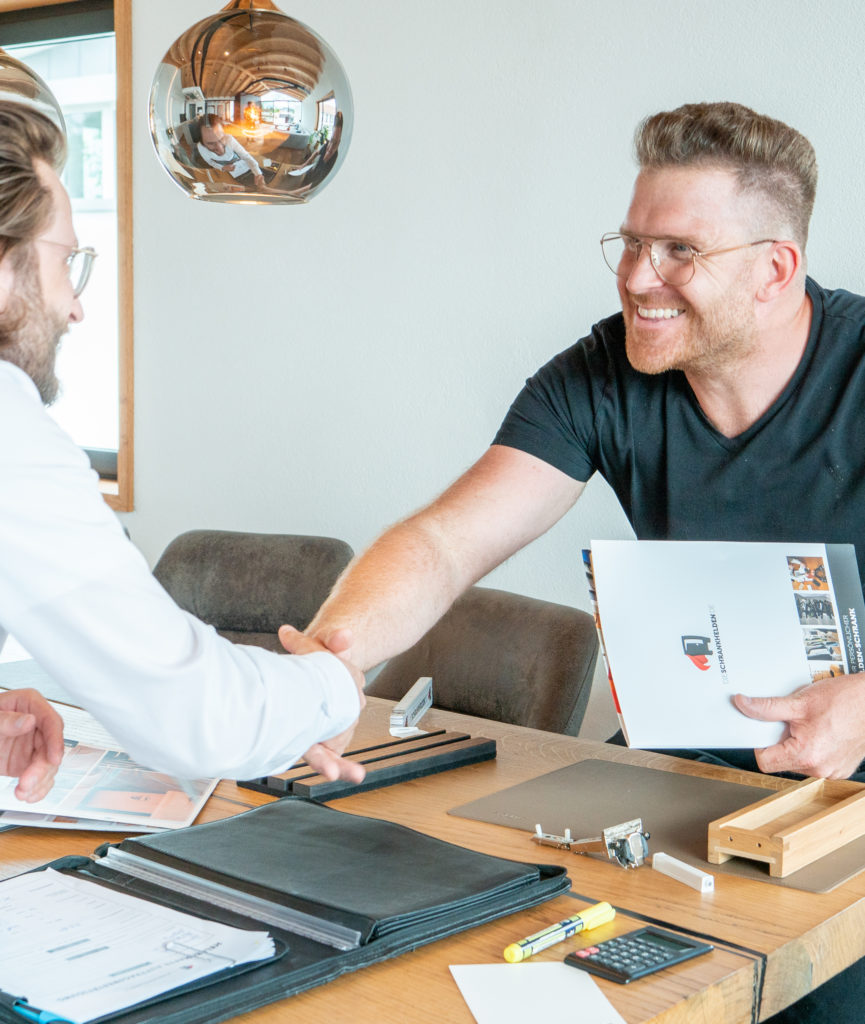cupboard planning

Cabinet planning refers to the process of designing and creating cabinets for private or commercial use. It takes into account spatial conditions, usage requirements and aesthetic preferences.
Cupboard planning – what do you need to know?
A well-planned cupboard can significantly improve your quality of life and increase your everyday comfort. But how do you start planning and what should you look out for to make the best decisions for your needs? We will guide you through the most important steps and provide you with the information you need for your project.
Your first step – analyse space and requirements
Planning the wardrobe begins with taking precise measurements of the space intended for it. In addition to basic dimensions such as width, height and depth, room details such as alcoves, sloping ceilings and door openings must also be taken into account. It is also essential to make an inventory of the items to be stored in order to determine the storage space required.
Remember to measure not only the width and height, but also the depth. And don’t forget to leave space for the door to open! Make a list of everything you want to store. This will help you plan better later on.
Different types of cabinets for different purposes
There are cupboards for almost every purpose – which ones do you need?
Wardrobes – for everyday use
Consider how much space you need for hanging clothes and whether additional drawers for accessories or storage for shoes and bags would be useful.
Kitchen cabinets – the functional centrepiece
Plan carefully whether you need cupboards for crockery, supplies or kitchen appliances. Open shelves can be practical for frequently used items, while closed cupboards provide order and protection.
Office cabinets – efficiency in the workplace
An office cabinet should both organise files clearly and keep work equipment within easy reach. Consider whether you need lockable compartments or special organisational aids.
Customised or off the rack – what suits you better?
Advantages and disadvantages of custom-made cabinets
A custom-made cupboard is tailored precisely to your space and your requirements. At Schrankhelden, you get a custom-made cupboard that is precisely tailored to your space and your ideas, with a wide range of options in terms of materials and design. We guarantee a quick and easy process, as we take care of all the planning for you – and all at transparent costs, without long waiting times.
Advantages and disadvantages of standard solutions
Ready-made furniture is often cheaper and available more quickly. You may have to compromise on dimensions and material quality, but it can be a solid and quick solution for your needs.
While custom-made cabinets can be individually adapted to the room and the needs of the users, standard solutions offer a quick and often more cost-effective alternative. However, this often means compromising on fit, functionality and quality.
Materials and fittings – a question of durability
The selection of materials and fittings is also taken into account when planning cabinets. These should be chosen with durability, functionality and design in mind. Materials vary from different types of wood to metals, plastics and glass. Fittings, locking mechanisms and running rails contribute significantly to usability and durability.
Cabinet planning – step by step to your perfect cabinet
Step 1: Preliminary considerations
Determine exactly what needs to be stored in the cupboard in order to decide on the type and number of compartments, rails and special holders.
Step 2: Taking the correct measurements
Draw up a detailed plan with all the dimensions of the room, including alcoves and sloping ceilings.
Step 3: Select materials
Choose materials that are visually appealing as well as durable and easy to maintain.
Step 4: Designing the interior
Shelves, drawers, clothes rails – plan what you need. Good interior lighting is also helpful for easily finding and reaching the contents of the wardrobe.
Step 5: Appearance and design
Colours, handles, surfaces – the finish makes all the difference. The cabinet should blend harmoniously with the rest of the interior and the colour scheme of the room.
Useful tips and avoiding common mistakes
Planning the perfect cupboard often seems like an art form in itself. However, with the right approach and careful consideration, you can design a cupboard that not only makes optimal use of your space, but also makes your everyday life easier.
5 top tips for planning your cupboards
- Always plan for a little more storage space than you currently need.
- Include lighting in your plans – a real bonus, especially in wardrobes.
- Ensure adequate air circulation to keep your belongings fresh.
- Pay attention to the quality of the hinges and pull-outs.
- Consider the interior design when choosing colours – the cupboard should blend in harmoniously.
Common stumbling blocks when planning the cupboard
When planning a cupboard, dimensions, ergonomics and actual storage space requirements are often underestimated. Bulky furniture in small rooms, poorly considered opening radii for doors and drawers, and neglecting material quality quickly lead to dissatisfaction. Overlooking adequate lighting and ventilation can also impair the functionality and longevity of the furniture. To avoid these mistakes, you should think carefully in advance about exactly what you need and what the cupboard should ultimately look like.
How to successfully implement your wardrobe planning
In summary, wardrobe planning is not rocket science if you proceed systematically and take the above points into account. Your new wardrobe will not only be a storage miracle, but also a highlight of your interior design. For those who are looking for a reliable solution and want to avoid the hassle of planning, the Cabinetheroes are on hand to help you create the perfect custom-made wardrobe.


